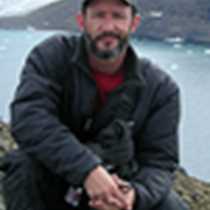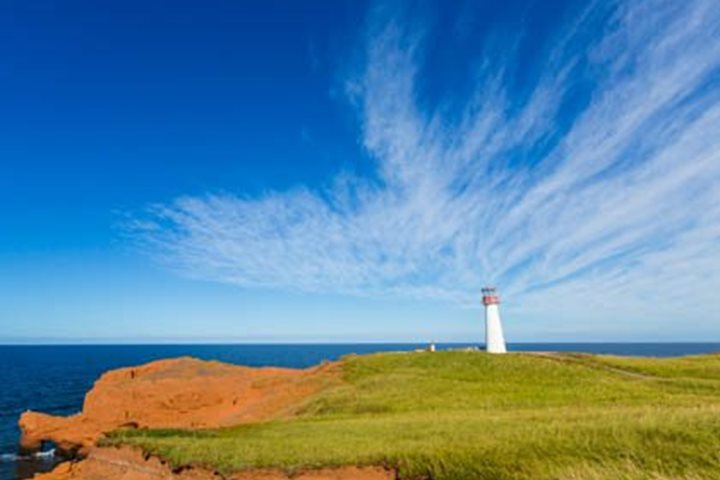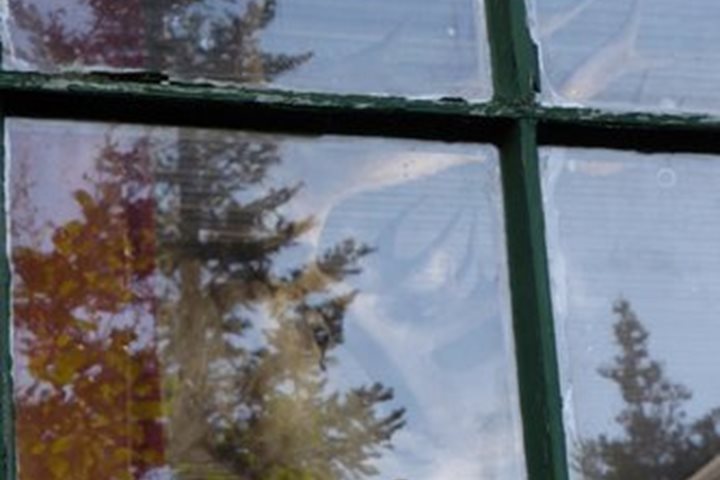This morning we awoke to beautiful conditions as National Geographic Explorer made her way into the waters of the Gros Morne National Park. This park is well known for its stunningly beautiful topography and unique geology. There was a chance to do a long hike and gain some elevation to look down on the fjord below. Along the way a black bear and a few moose were seen scampering in the forest, the first forest we had seen on this entire voyage.
Other folks were taken by bus to the Woody Point interpretation center and then to the Serpentine walking trail where a local park ranger would meet us and give some entertaining lessons in geology. The interpretive center was well put together and had wonderful displays of the geology, biology and history of the area. The trail loop a few miles away showed us the incredible rocks of the Tablelands. This slice of mantle rock is very rare on the surface of the earth. The rock is so full of heavy metals that when water runs through it the water becomes basic to the point it could be used to wash clothing with a ph approaching 12. This water then precipitates out a series of rare minerals that have an amazing color and texture resembling a snake’s skin. Therefore the name given is “serpentinite” for the mineral and “serpentine” for the rock.
The afternoon was clear and warm and was spent across the fjord near Western Brook Pond where a nice walk was organized and others took a bus tour to see more of the national park and its wonders. There was so much to see that the groups arrived late back to the ship. The ship then left and headed south along the west coast of Newfoundland. The sun was spectacular along the cliffs during recap, where we heard about a press release from the Canadian Government that the continued search for Franklin’s ships had become fruitful. Just a few days ago a side scanning sonar sled took a picture of one of the ships on the ocean floor near King William Island, not too far west from where we had been earlier in the expedition.






